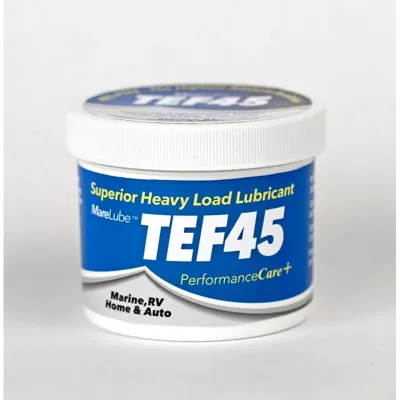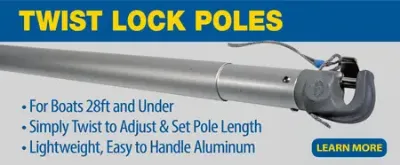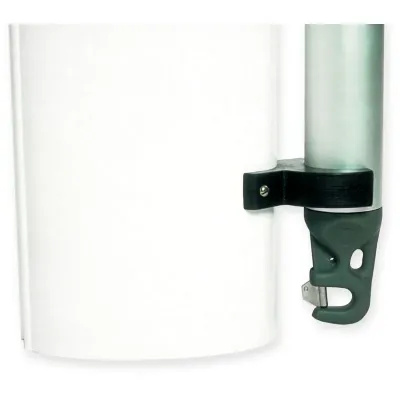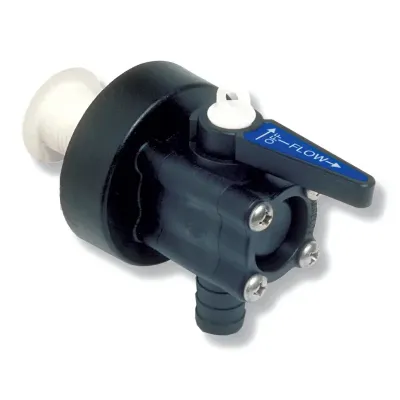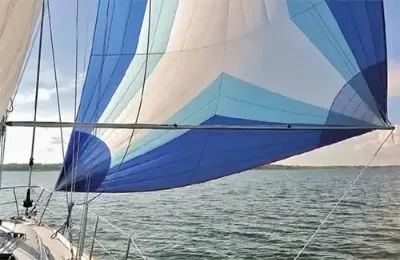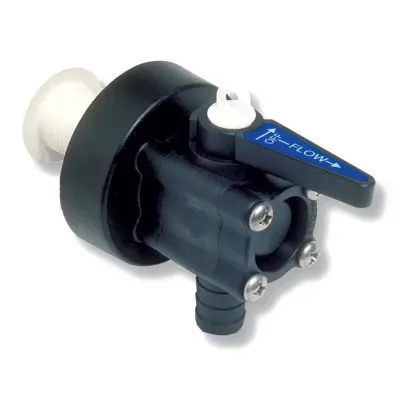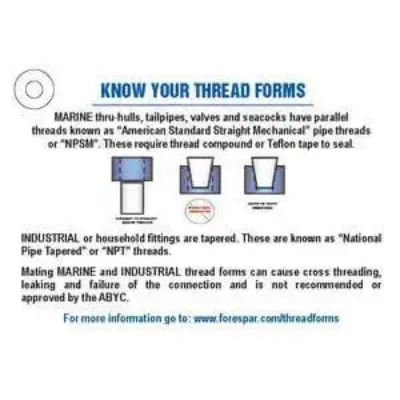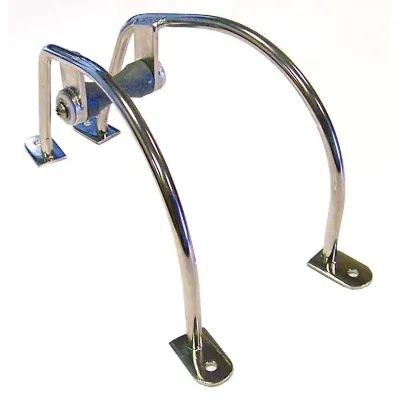Close
-
Accessories
-
Blocks
-
Boating Hardware
-
Cars & Tracks
-
Cleats & Clutches
-
Hatches & Ports
-
Marine Plumbing
-
Poles & Accessories
-
Rope & Cordage
-
Sail Systems
- Brands
- Stockists
-
Accessories
- Back
- Ball Stoppers
- Boat Bungs & Drain Sockets
- Boat Care & Cleaning Products
- Burgees & Wind Indicators
- Canvas
- Chafe & Wear Tapes
- Door Cabinet Latch Push Button
- Dorades
- Hooks & Clips
- Labels & Stickers
- Lights & Guards
- Man Ship Deck Fills
- Race Packs
- Railfast
-
Rope Accessories
- Back
- PROtect Rope
- Sail Repair Tapes
- Sailing Gloves
- Spare Parts
- Splicing Tools
- Tapes
- Wear Pads
-
Blocks
- Back
- Accessories for Blocks
- Barton Series Blocks
- Blocks for Sails
- Cheek and Foot Blocks
- Classic Dinghy Blocks - Allen
- Deck Organisers
- Dynamic Bearing Blocks - Allen
- Exit Boxes
-
Halyard & Control Blocks
- Back
- Stand-Up Blocks
- High Load and XHL Blocks
- Looper Series - Antal
- Mainsheet Systems
- Mini Stainless Steel Blocks - Antal
- OPF Series Blocks - Antal
- Plain Bearing Blocks
- Ratchet Blocks
- Schaefer Series Blocks
- Sheaves
- Snatch Blocks
- Stanchion Mounted Blocks
- Tuphblox
- Vertical Blocks
- Wire Blocks
- Wooden Classic Blocks - Barton
-
Boating Hardware
- Back
- Boom Brake
- Davits - Hoists & Lifts
- Deck Bushes
- Dog Bones
- Fairleads
- Furling Systems
- Gooseneck Fittings
- Hiking & Trapeze Equipment
- Hydraulics
- Low Friction Rings
- Mechanical Stay Adjuster
- Miscellaneous Hardware
- Pad Eyes & U Bolts
- Rigging & Spar Fittings
- Roll-X-Flopper Stopper
- Rudder & Tiller Accessories
- Shackles
- Soft Links
- Stanchions
- Stay & Vernier Adjusters
- Vangs - Struts & Yacht Rods
- Winches
-
Cars & Tracks
- Back
- Dinghy Traveller - Barton
-
End Stop - Antal
- Back
- 40 x 8 Track
- Fairleads & Jib Sheet Lead - Allen
- Genoa Cars - Schaefer
- Genoa Cars & Sliders - Barton
- Genoa Systems - Antal
- Halyard Systems - Antal
- Mainsheet & Traveller Systems - Barton
- Modular Track - Barton
-
Removable Mainsheet System
- Back
- Accessories
- Systems
- Self Tacking Jib System - Allen
- Self-Tacking Systems - Antal
- T-Track & Accessories - Antal
- Track - Schaefer
- Track Slides & Accessories - Schaefer
- Tracks - Cars & Accessories - Allen
- Travellers - Schaefer
-
Cleats & Clutches
-
Hatches & Ports
-
Marine Plumbing
-
Poles & Accessories
- Back
- Carbon Whisker Poles
- External Trip Spinnaker Pole End's
- Internal Trip Spinnaker Pole End's
- Jockey Pole & Reaching Struts
- Line Control™ Whisker Poles
- Pole & Mast Fittings
- Socket / Inboard Ends
- Spinnaker Pole Cars
- Spinnaker Pole End Fittings
- Spinnaker Pole Storage
- Spinnaker Poles
- Tri-Reacher Pole
- Twist Lock Whisker Pole
-
Rope & Cordage
- Back
- Cruising Yacht Ropes - LIROS
- Dinghy Ropes - LIROS
- Flightsport - LIROS
- Industrial - LIROS
- Mooring & Anchoring - LIROS
- Offroad Ropes - LIROS
- Outdoor Ropes - LIROS
- Performance Yacht Ropes - LIROS
- Sailmaker - LIROS
- Shockcord & Attachments - LIROS
- Soft Shackles - LIROS
- Theatre & Stage Rigging - LIROS
- Traditional Ropes & Natural Fibre - LIROS
- Whipping Twine & Cords - LIROS
- XTreme Technology - LIROS
-
Sail Systems
- Back
- Batten Receptacles - Antal
- Battslides - Schaefer
-
Fibreball Systems - Full Batten - Antal
- Back
- Boats up to 50 Feet
- Foresail Furlers - Bamar
- Furling Gear & Swivels
- Hook Carriages - Full Batten Systems
- HS and FB Track & Accessories - Antal
- HS Guide System Full Batten - Antal
- Lazy Jack - Schaefer
- Lazy Jack Kits - Barton
- Mainsail Furling
- Optional Evo - Bamar
- Protect Tapes Headfoil
- Reefing - Schaefer
- Reefing Kit - Barton
- ROLLGEN - Furling Systems
- Sail Hardware
- Tuff Luff
- Brands
- Stockists
Close
You have no items in your shopping cart.
Blog search
Categories
Blog archive
- 2025
- 2024
- 2023
- 2022
- 2021
- 2020
- 2019
- 2018
- 2017
- 2016
- 2015
- 2013
- 2010
RSS
Blog
What is MareLube TEF 45? by Forespar Marine
Tuesday, 3 December 2024
The ultimate in corrosion protection. Protects, lubricates, stops corrosion, prevents seizing and galling. Won't wash away in fresh or salt water or detergents.
Take Control of Your Downwind Sails with a Forespar Whisker Pole
Sunday, 22 September 2024
If you need to get downwind and have a conventional non-planing hull, flying a jib, genoa or asymmetrical sail with a whisker pole is the fastest, smoothest and easiest way to get there.
How to order Forespar Marine Plumbing Valves
Sunday, 22 September 2024
How do you choose between the Custom OEM Pro Series Valves, Flange Mounting Seacocks, Ball Valve and Flowtech Valve.
Forespar's Whisker Pole Storage
Saturday, 21 September 2024
One must consider where you will store a whisker pole on the boat when not in use. Traditionally, poles have been stored on deck in deck chocks.
Forespar's Thru-hull / Sea Valve Installation Instructions and Maintenance
Saturday, 21 September 2024
Forespar's Marelon® Integrated Plumbing Systems designed to meet your boats plumbing needs. Precision moulded plumbing systems for use above and below the waterline.
Removing Corrosion with Vinegar - Forespar Marine
Wednesday, 4 September 2024
White vinegar will effectively dissolve salt in the workings of marine hardware fittings.
A Little Bit of Downwind Sailing with Forespar
Thursday, 1 August 2024
Sailing downwind is a great way to get to your destination whether racing or cruising. Using a whisker pole to hold your jib or genoa and go wing on wing is the best use of the combination of both the main and foresail.
Seacock Replacement Instructions for Integrated Valves by Forespar
Thursday, 1 August 2024
Do Check your valves regularly? These are critical to the safety of your boat.
Know Your Thread Forms with Forespar Marine
Wednesday, 31 July 2024
MARINE thru-hulls, tailpipes, valves and seacocks have parallel threads known as “American Standard Straight Mechanical” pipe threads or “NPSM”. These require thread compound or Teflon tape to seal.
Keeping Stainless-Steel Boat Parts Rust Free in a Marine Environment by Forespar
Friday, 2 June 2023
Just like everything else on a boat, your stainless steel parts also need occasional care and attention to keep them working right and looking good.
Newsletter
Get E-mail updates about our latest shop and special offers.
Wait...

Quick Links
Customer Service
Stay In Touch
- Contact us
We are a Family Business Distributing Sailing, Marine and Industrial Brands.

























































































































































































